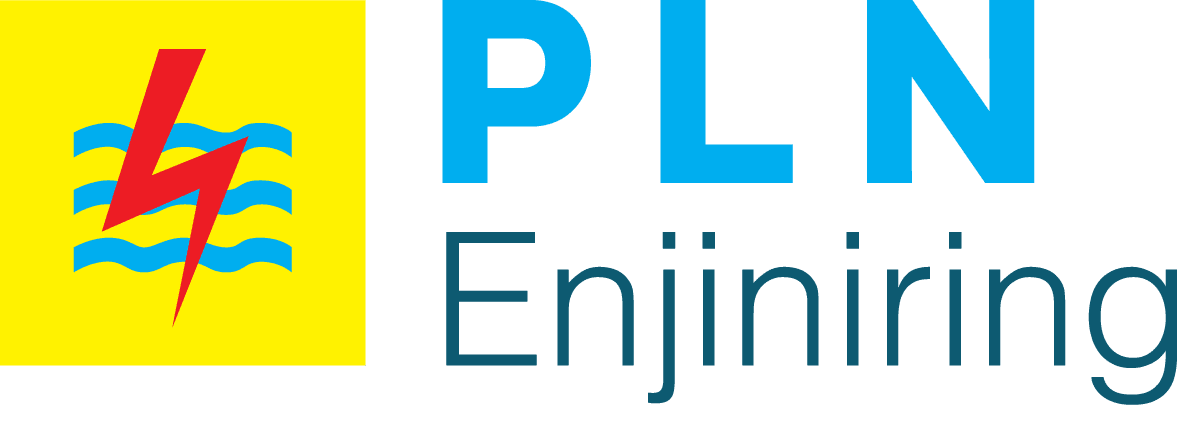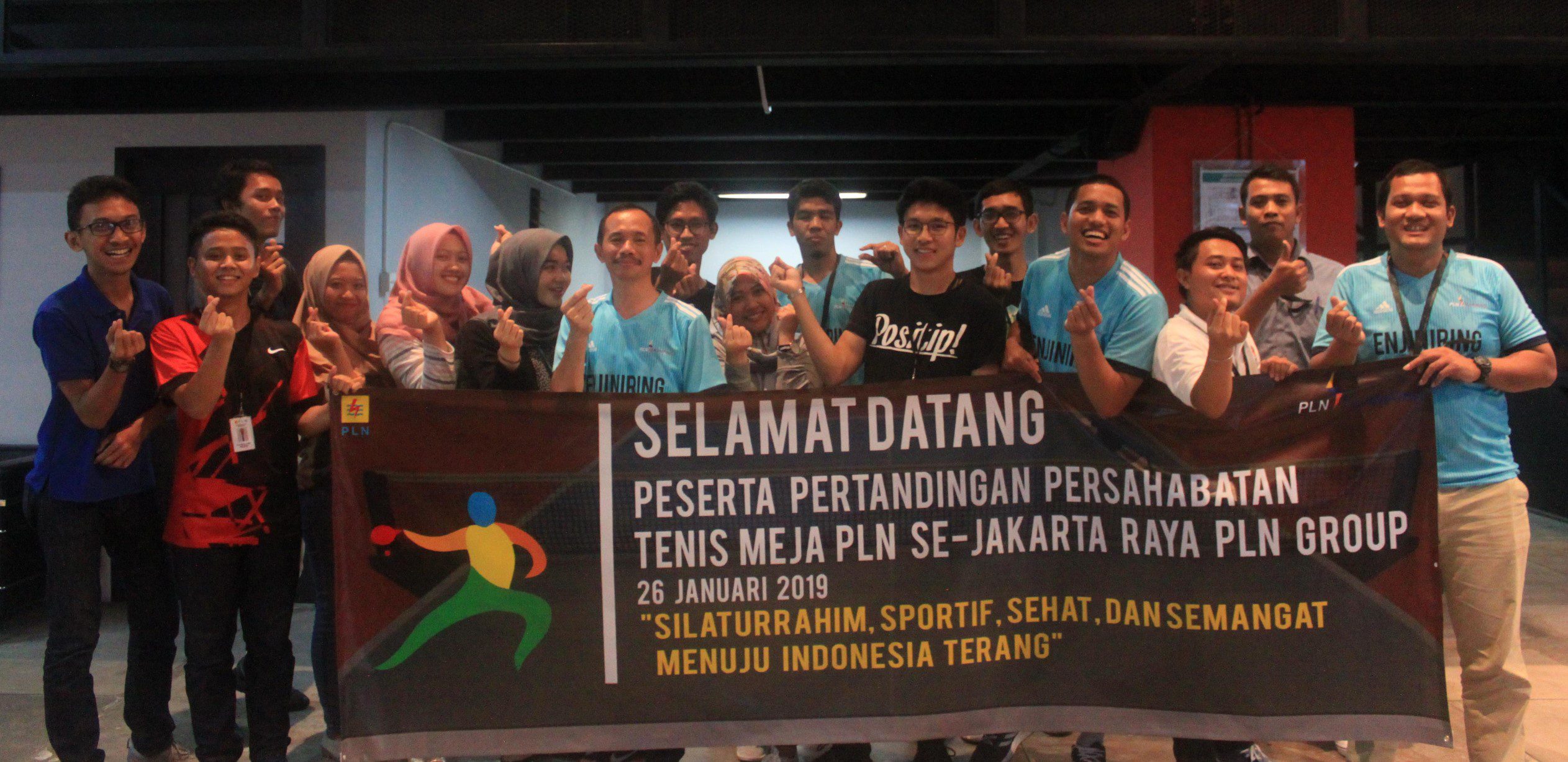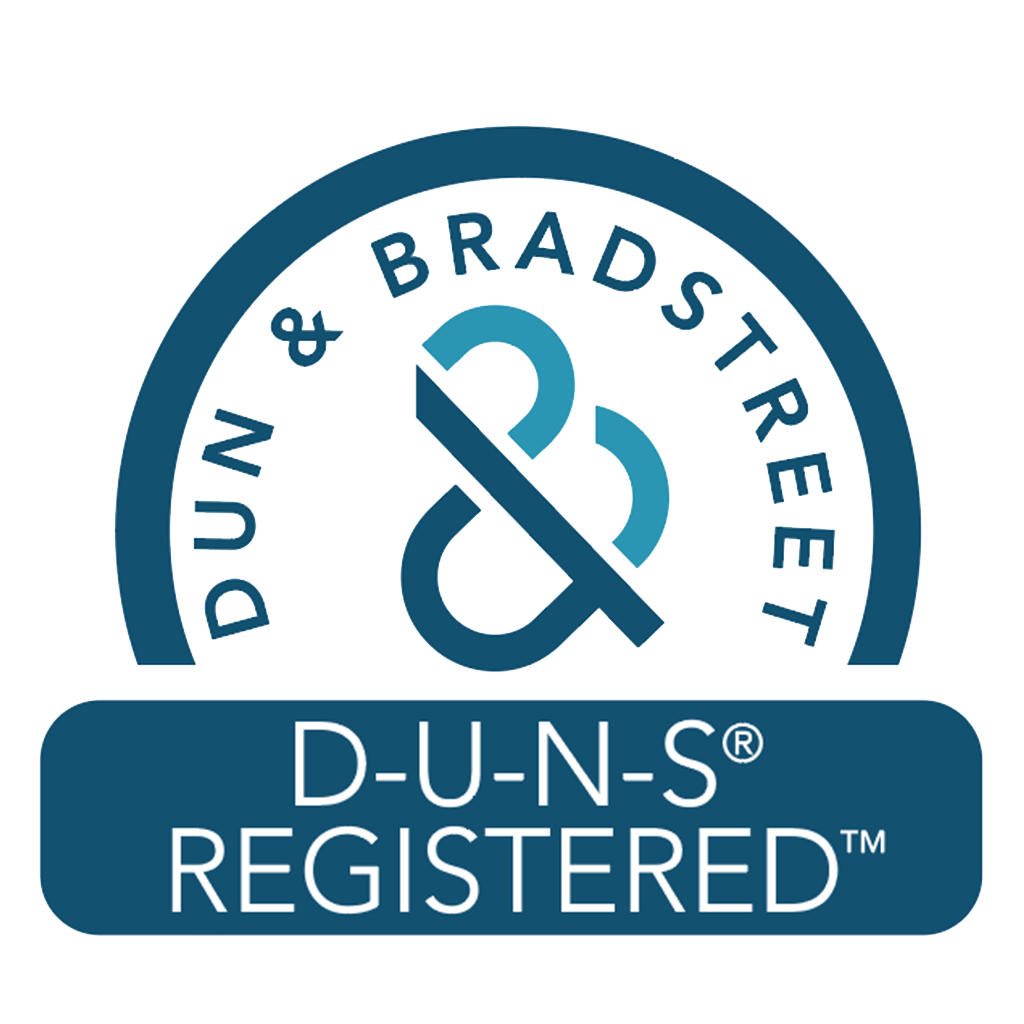The ASEAN Corporate Governance Scorecard (ACGS) is one of the assessments of Corporate Governance by using a benchmark or parameter for measuring Corporate Governance practices agreed upon by the Asean Capital Market Forum (ACMF), namely the ASEAN capital market authority association. The ASEAN Corporate Governance Scorecard (ACGS) is based on the Organization for Economic Cooperation and Development (OECD) Principles.
ACGS BEGINNING
The birth of ACGS began with a meeting of the ASEAN Finance Ministers in 2009, which supported the ACMF implementation plan to promote the development of an integrated capital market to support the ASEAN Economic Community (AEC) in 2015. With the quality of good corporate governance, it is expected to be able to increase investor confidence in companies -listing companies in ASEAN.
The ASEAN corporate governance initiatives consist of: (1) Compilation of the ACGS and (2) Ranking of corporate governance in ASEAN countries. This initiative is an effort to promote ASEAN corporations that have good governance to investors internationally.
In this case, corporations apply the Corporate Governance principles developed by the OECD, namely (1) Rights of Shareholders (Rights os Stakeholders); (2) Equal Treatment of Shareholders (Equitable Treatment of Stakeholders); (3) the Role of Stakeholders (Role of Stakeholders); (4) Disclosure and Transparency (Disclosure and Transparency); and (5) Responsibilities of Boards.
To maintain objectivity, reliability and methodological independence, there is Quality Assurance and a Team of Corporate Governance Experts formed by ACMF. The Expert Team consists of 6 ASEAN countries (Indonesia, Thailand, Malaysia, Singapore, Philippines and Vietnam). Representatives from Indonesia are Professor Sidharta Utama from the Indonesian Institute for Corporate Directorship (IICD) and the University of Indonesia.
ASSESSMENT CRITERIA
Currently, PLNE uses the assessment parameters in the form of SE No.16 BUMN/2012 for the implementation of good corporate governance. This is in accordance with the mandatory holding of its subsidiaries. The differences between SE-16 and ACGS are shown in the following table.
Best practices are up to standard, while penalties reflect actions and events that demonstrate poor governance. In SE-16, the maximum weight is 100%. Whereas in the ACGS system, a corporation can get a score of up to 100.
PLN Engineering is determined to always make improvements and improvements in the implementation of the principles of good governance in a consistent and sustainable manner. In accordance with PLN Engineering’s vision to become a leading engineering consulting company in Asia, PLN Engineering must be able to demonstrate its ability to appear in the Asian market, especially ASEAN.
PLN Engineering has formed a GCG Implementation Team for 2018. This team is expected to be able to encourage the implementation of good corporate governance in accordance with regulations, carry out innovations, and conduct benchmarks against best practices for the implementation of good corporate governance.
Then, in accordance with the management work plan set out at the 2018 Work Meeting, PLN Engineering will try to explore the implementation of corporate governance based on ACGS principles. Will PLN Engineering follow suit based on the ACGS assessment parameters? We are waiting for the continuation. (Katherine Amaralina, PLN Engineering Performance and Communication Manager)







